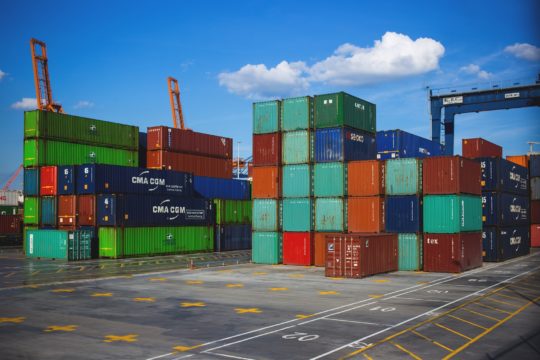 During the execution of a trade, the trader must set a maximum loss limit for the trade. When it reaches that limit, the trade automatically ends. This level is called stop-loss, and none should place a trade order without setting a rational stop-loss level.Sometimes the trader may fail to monitor the currency movement actively, and a loss may happen. To limit such losses and to protect the trade, a trader uses the stop-loss order.
During the execution of a trade, the trader must set a maximum loss limit for the trade. When it reaches that limit, the trade automatically ends. This level is called stop-loss, and none should place a trade order without setting a rational stop-loss level.Sometimes the trader may fail to monitor the currency movement actively, and a loss may happen. To limit such losses and to protect the trade, a trader uses the stop-loss order.
Importance of Stop-loss in Forex Trading
Stop-loss is an essential tool for all currency trading strategies, and it can use in both short and long trade positions. Accurate Forex market prediction is impossible, no matter how much one tried to do so. Changes in this market occur every day, and significant changes can occur for central bank’s actions, global politics, and economic events.
Currency trends significant shifts can occur within the blink of an eye, which may cause by different global factors. As such, even the most successful trader sometimes may find that the market is not working in their favor. In extreme market dips, stop loss trading prevents your excessive losses by automatically closing out the position.
A Forex trader at the time of placing trades in the ETF market should always include the stop-loss order. Without using the loss limit, an investor will risk his account, and he should not do so. If an investor doesn’t use stop loss in trades, his performance may blow up with losses if the price rises suddenly in an unexpected way.
Four significant factors determine stop-loss types. These are:
- Price-action
- Percentage
- Volatility and
- Time
Price-action
The currency pair’s price volatility is the base of this kind of stop loss, and using it; we can ascertain the price-based stop loss over a specific period. Using different methods, we can calculate currency pair’s volatility. The average volatility of currency pairs is measure by the ATR indicator and the price volatility measure by Bollinger Bands. These two are the most common volatility measuring methods.
Stop-Losses Based on Percentage
The account size percentage that a trader can put at risk is the basis of this type of stop loss. If your account size stops loss equivalent to 2.5 percent, you would like to risk 2.5 percent of your trading account’s value. An investor should determine his position according to the prevailing market circumstances. Failure to analyze the overall market circumstance can cause extra loss to you by risking more of your asset.
Time
Based on a pre-specified period, the traders set this type of stop-loss. For example, an investor can choose the trade position closing during the daytime or when the overlap of Tokyo-London has over. Again, if a trader does not want to hold the trade at the weekend, he can close the trade on Friday. So, the main point is that a trader can put his stop-loss based on a different time frame that is more convenient.
Support and Resistance Based Stop Loss
Compared to the percentage-centered stop loss, support and resistance-based stop loss are more consistent. In Forex trading, the price experiences braking through difficulties are called support and resistance levels. An investor places the stop-loss pips below the support level or sets the pips number over the resistance level.
A trader at the support line can face fake breaks, so when indicating stop-loss, leaving space for such eventualities would be a more intelligent move.
A trader can’t predict that what will be the Forex market scenario tomorrow and how it will work. Moreover, a trader can’t sit on a computer screen and monitor the trading 24/7. Thus, in Forex trading, the most helpful risk management strategy is to set a specific point for exiting in a losing trade. The trader’s anxiety regarding losing business may reduce if he places a stop loss in his trading. Moreover, the existence of stop-loss allows an investor to capture more profitable opportunities to increase his gain.




